Wolaríxkín (woh-la-reekhs-keen)
Wolaríxkín are a species of anthropomorphic waterfowl in the Clarkwoods Literary Universe. They’re duck people, okay, but they’re pretty sensitive about being disrespected, so we figured we’d be all scientific and technical and stuff in the first sentence. Y’know, to make ’em feel important and whatnot.
But yeah, they’re basically just bipedal talking ducks.
Just don’t call them quackers. They’re not mad, but they do get mad. And you wouldn’t like them when they’re angry, especially the green ones.
Origins
Well, since you’re demanding an eggsplanation, here we go:
Wolaríxkín were genetically engineered by kíndallan and dwarven scientists in The Reek.
By splicing the DNA of simple Terran ducks with the shape-shifting genetic code of the kíndalla, the team was able to complete the first of many anthropomorphic experiments.
But though the Wolas began their existence in the purgatorial paradise of Eden—confined for a time to the Duckensian slums of the Reekian town of Swampford—they would not be stuck there for long. At the end of the age, as sapient species moved out into the next iteration of reality, the Wolas migrated to a planet they could call their own.
Notable Ethnicities
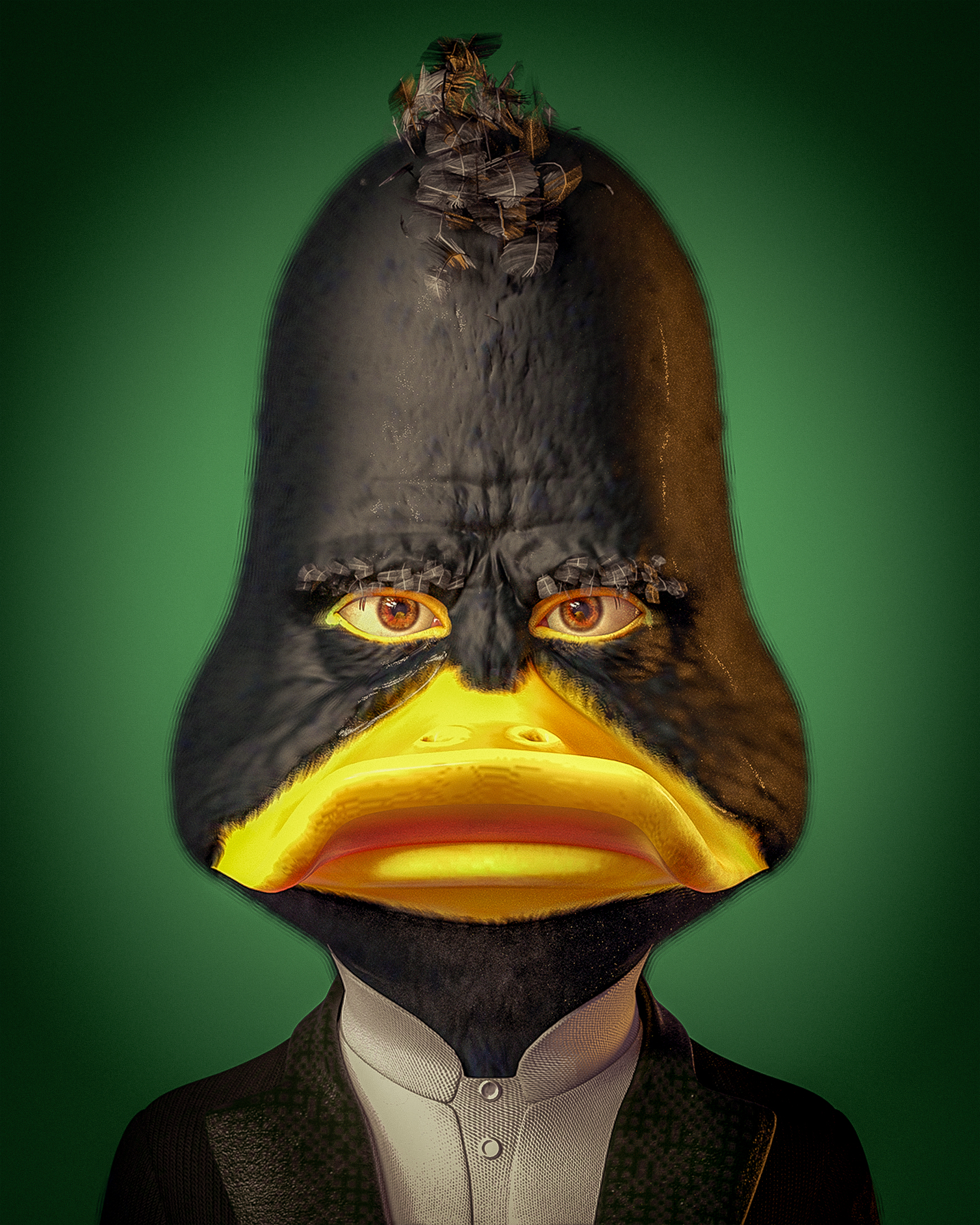
Daffian
Evolved from the American black duck, Daffians tend to be assertive, unrestrained, and combative. Prone to speech impediments—lisps in particular—they are exceedingly self-conscious of their flaws, but quick to defend themselves against any who might critique them.
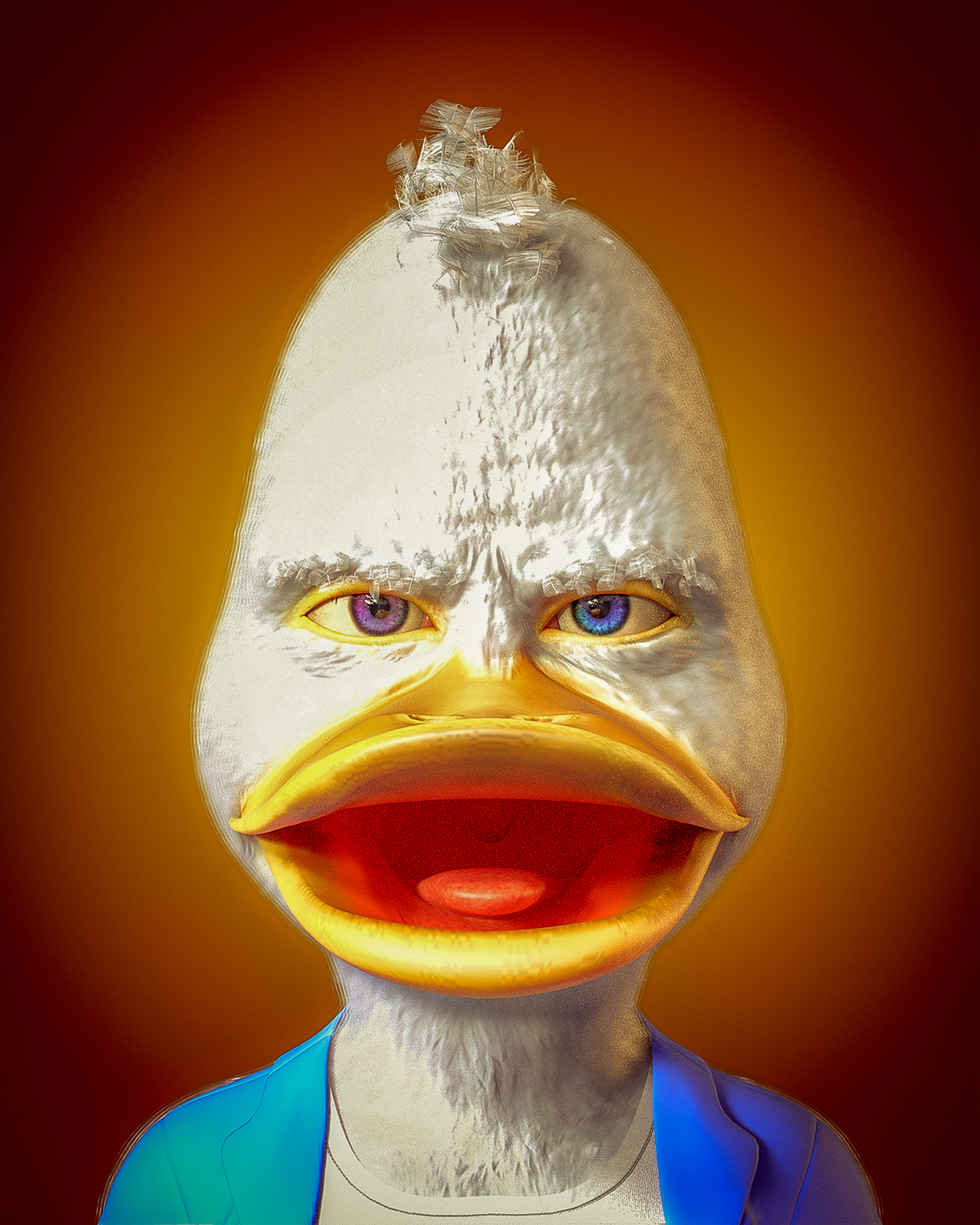
Donaldian
Evolved from the American Pekin, Donaldians tend to be mischievous, temperamental, and pompous. They are, through some accident in the breeding process, capable of entering a berserker rage which elevates their strength and resistance to pain—with a commensurate reduction in critical reasoning skills. All of that said, when they are not upset, Donaldians have a zest for life that is unmatched by any other Wola ethnic group.
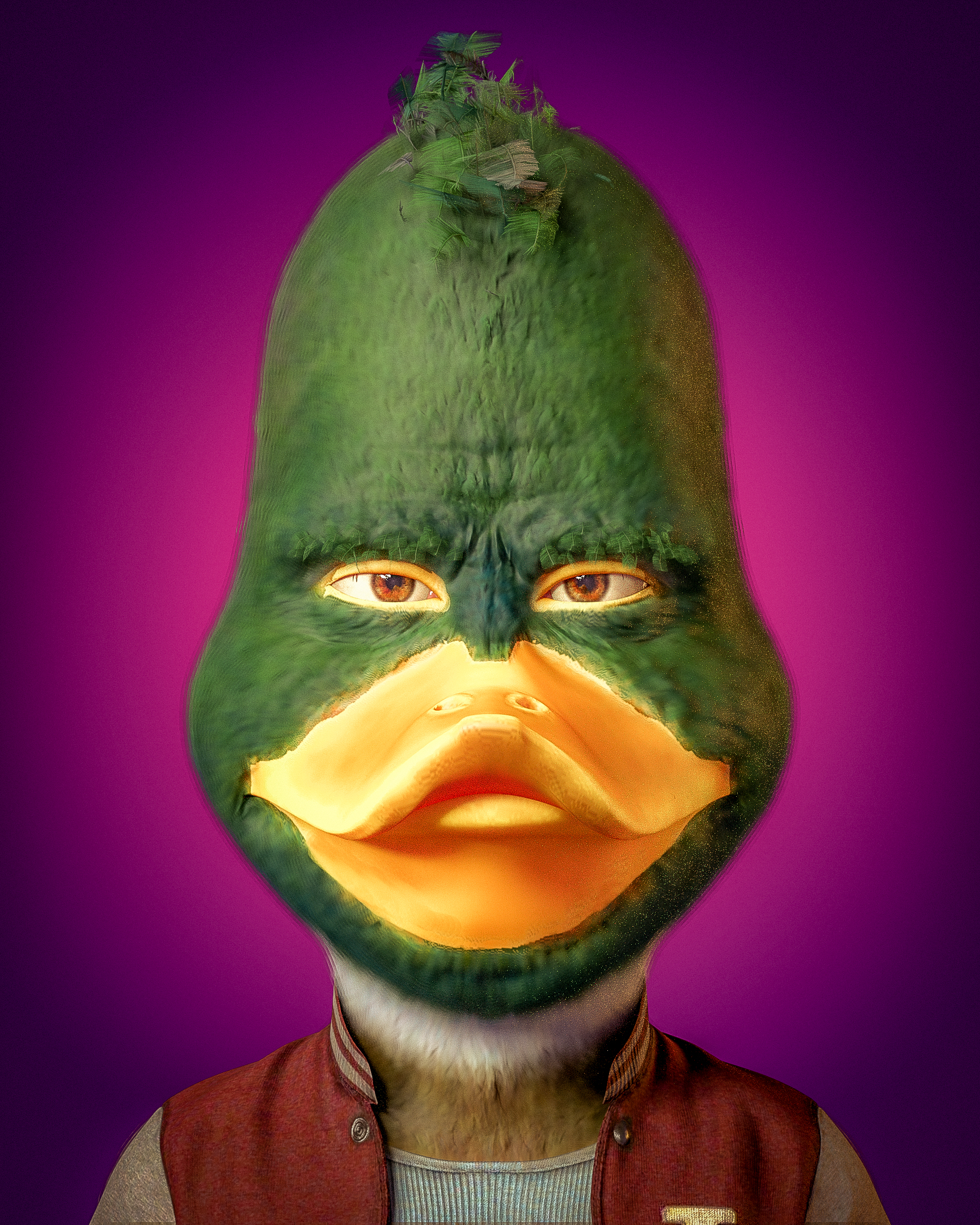
Estevezian
Evolved from mallards, Estevezians are traditionally low-key, laid-back underachievers. They do their best to stay out of trouble and to not draw attention to themselves, unless absolutely necessary. Under pressure, they rise to challenges. Like all Wolas, they are omnivorous, but they are notable for being far more adventurous in their food choices than other ethnicities—to the point where other Wolas swear, often with a note of disgust, that Estevezians will eat anything.
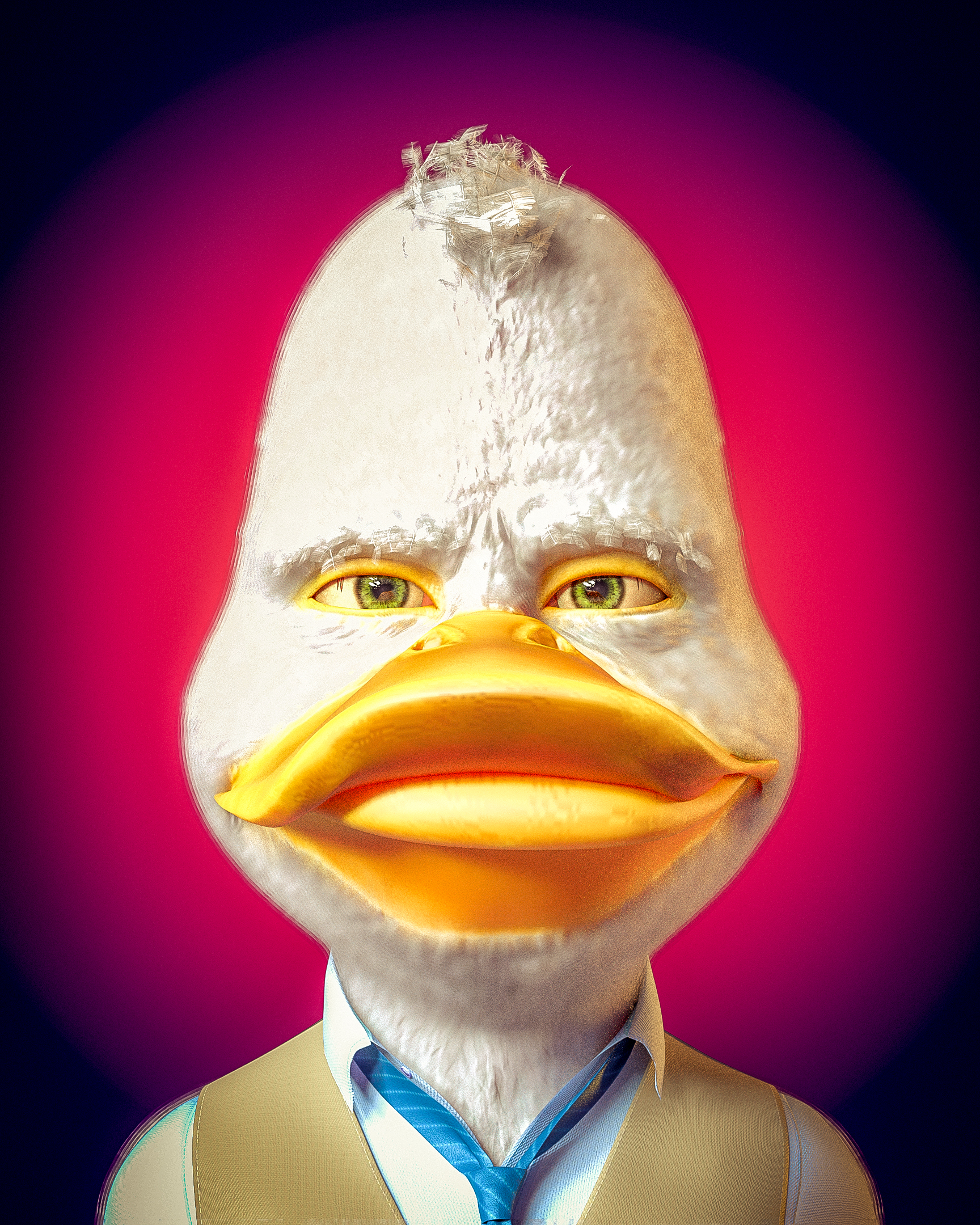
Howardian
Evolved from the German Pekin, Howardians are typically irritable, cynical, and lecherous. They are known for their libido, their seemingly unquenchable thirst for intoxicants, and their gloomy—they say “realistic”—worldview. Howardians can be fun, but don’t get them started on any of the numerous subjects they are experts on. Their culture prizes education above all else. Autodidactism or a more traditional education—Howardian parents don’t care. Just make sure you’re always learning.
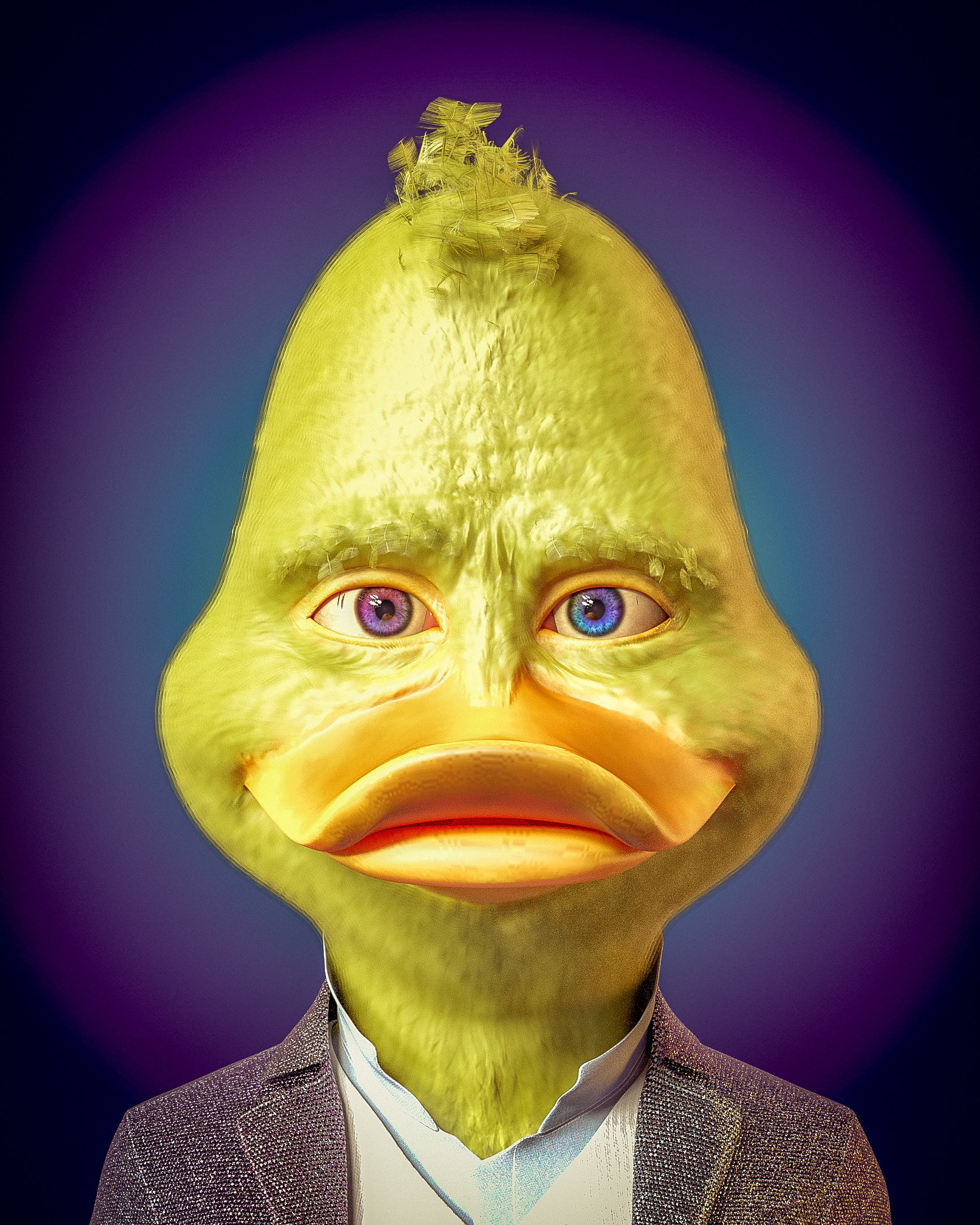
Tillerzian
Evolved from the same German Pekin as the Howardians, Tillerzians as a culture are nearly the polar opposite of their irritable cousins. Tillerzians are known for their kindness, good humor, and helpfulness. A Wola that anyone can be friends with—that’s the Tillerzian. Their non-threatening yellow coat, which they maintain from the time they’re ducklings, gives them a youthful, “cute” appearance. This can make a Tillerzian hard to take seriously, but they are indeed serious about the people, places, and things they care for. Passionate, even.
Basic Information
Anatomy
Wolaríxkín are bipedal waterfowl with abnormally tall craniums. They ambulate on two webbed feet, and have two arms instead of a pair of wings—each of which ends in a hand with five digits (four fingers and an opposable thumb). They share the beak of their genetic ancestor the Terran duck, as well as that animal’s corkscrew-shaped genitalia.
Yes, you read that that right. You’re not quacking up, and you can read this Buzzfeed article to learn more.
Genetics and Reproduction
Wolas are generally monogamous, but their partnerships tend to last no more than one breeding season. Females tend to build a nest before breeding, generally selecting a suitable location in the home—though some have been known to try and “get back to nature” by constructing their nests outside, and even if far-off locales where the ritual of sitting on the nest won’t be so boring.
Like their Terran duck ancestors, male and female Wolas are possessed of genitalia which corkscrews in the opposite direction from one another. Corkscrew vaginas even have “dead ends,” which allow a female to control whether or not she wants to get pregnant. This makes sex for pleasure a pleasant reality for Wolas.
Should a couple choose to have ducklings together, however, the female will lay a clutch of 4–8 creamy white eggs. Incubation takes 60–90 days.
Growth Rate & Stages
Do you know why ducks never truly grow up? Because they grow down, of course.
In all seriousness, though, Wolas are born relatively mature and mobile. There is a four- to six-year fledgling period where the duckling stays relatively close to its mother, but after that the juvenile duck is ready to stop waking their mama at the quack of dawn and fully embark on their journey towards independence.
They stay close to home for a further six years—especially during fowl weather, which they are particularly sensitive to.
Wolas are considered adults at ten to twelve years old and live for a total of 40–60 years.
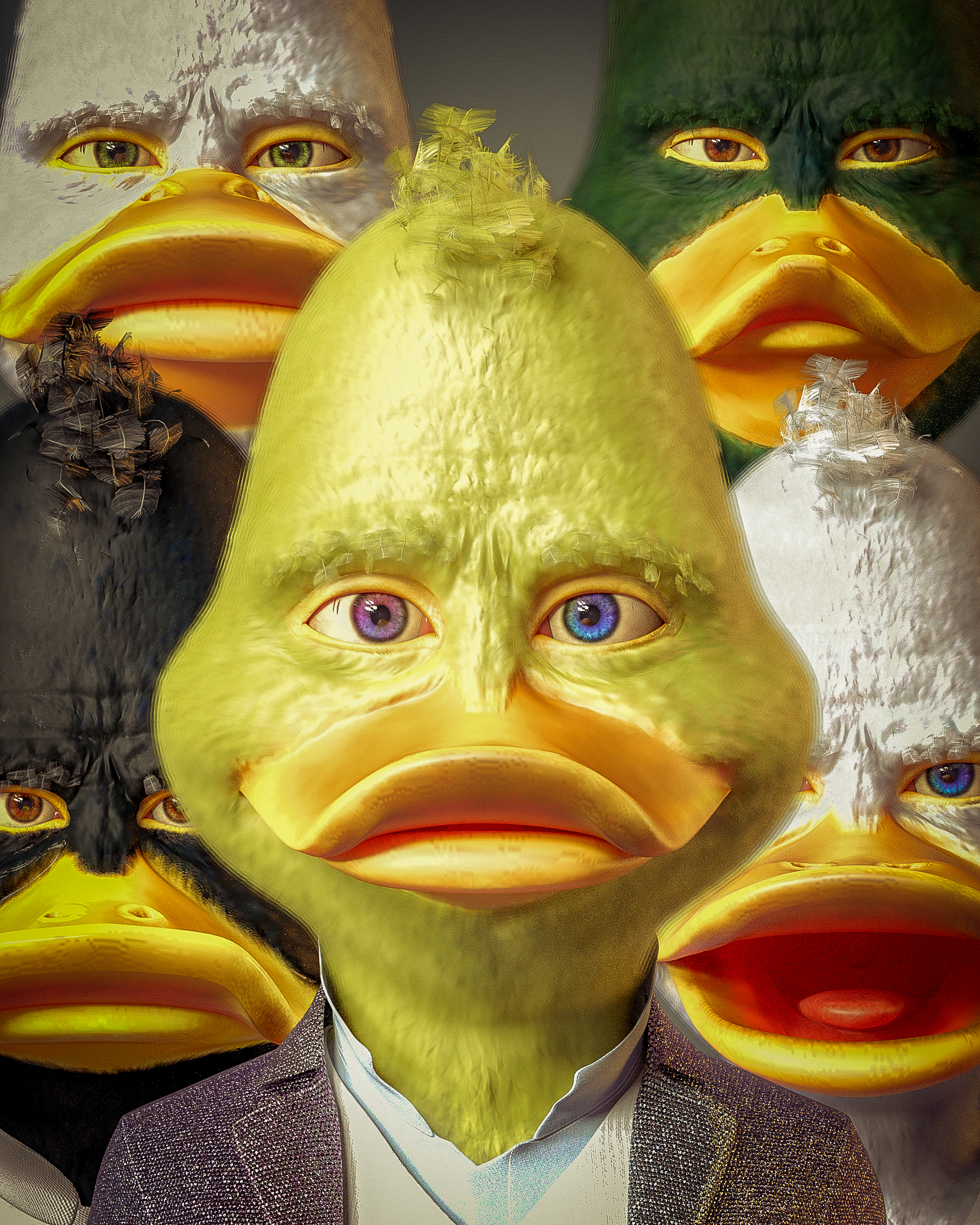
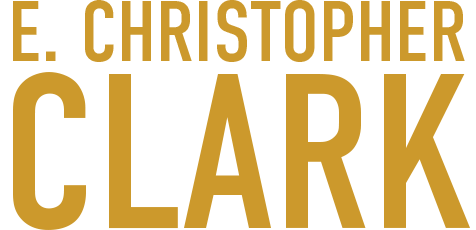

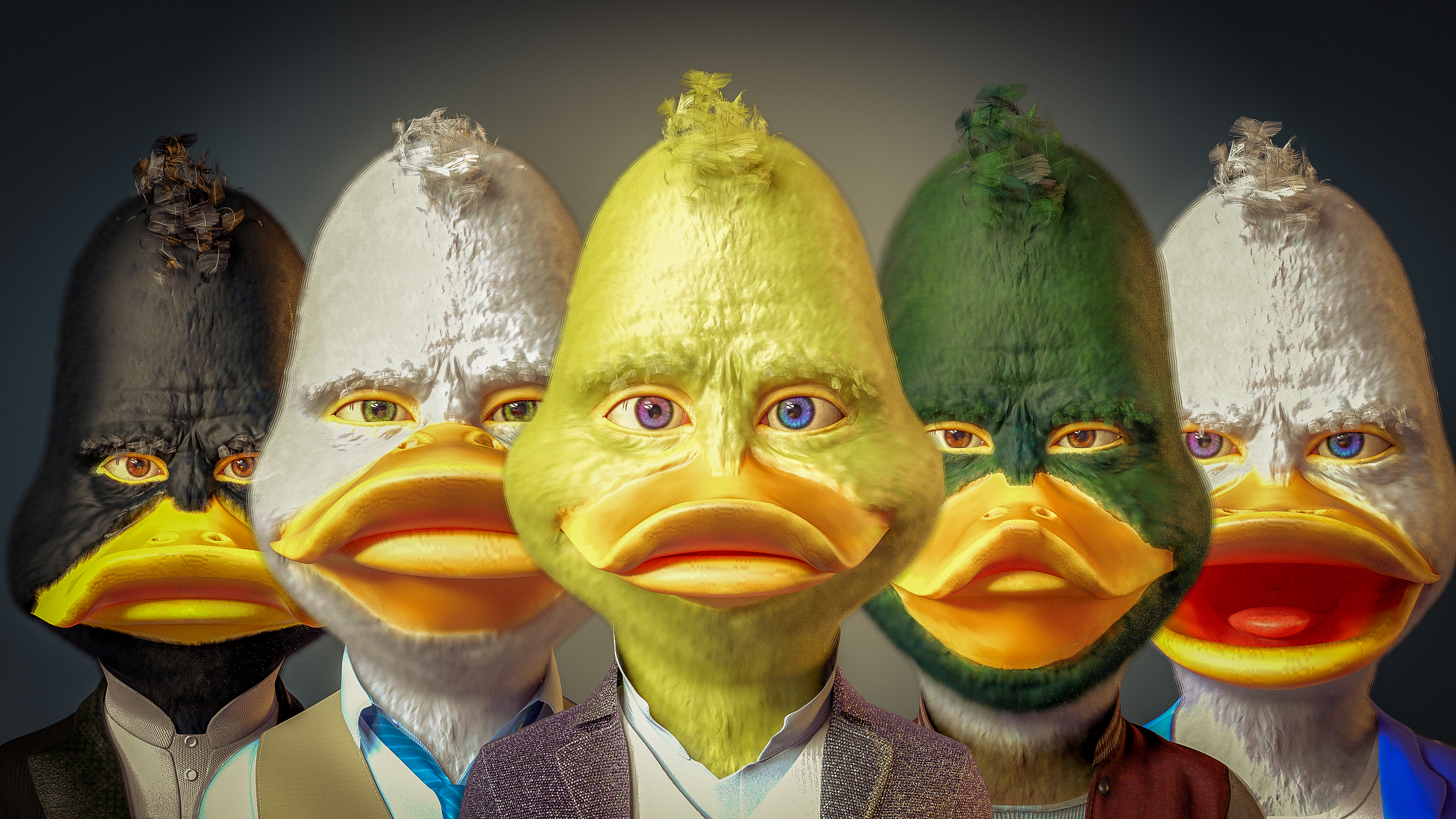



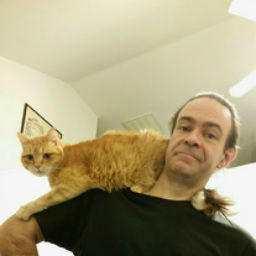
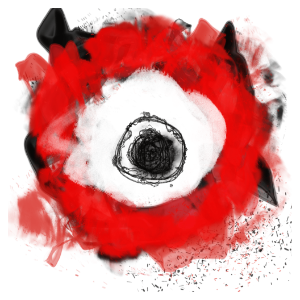
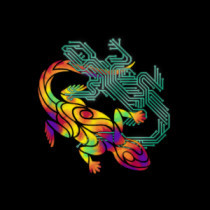
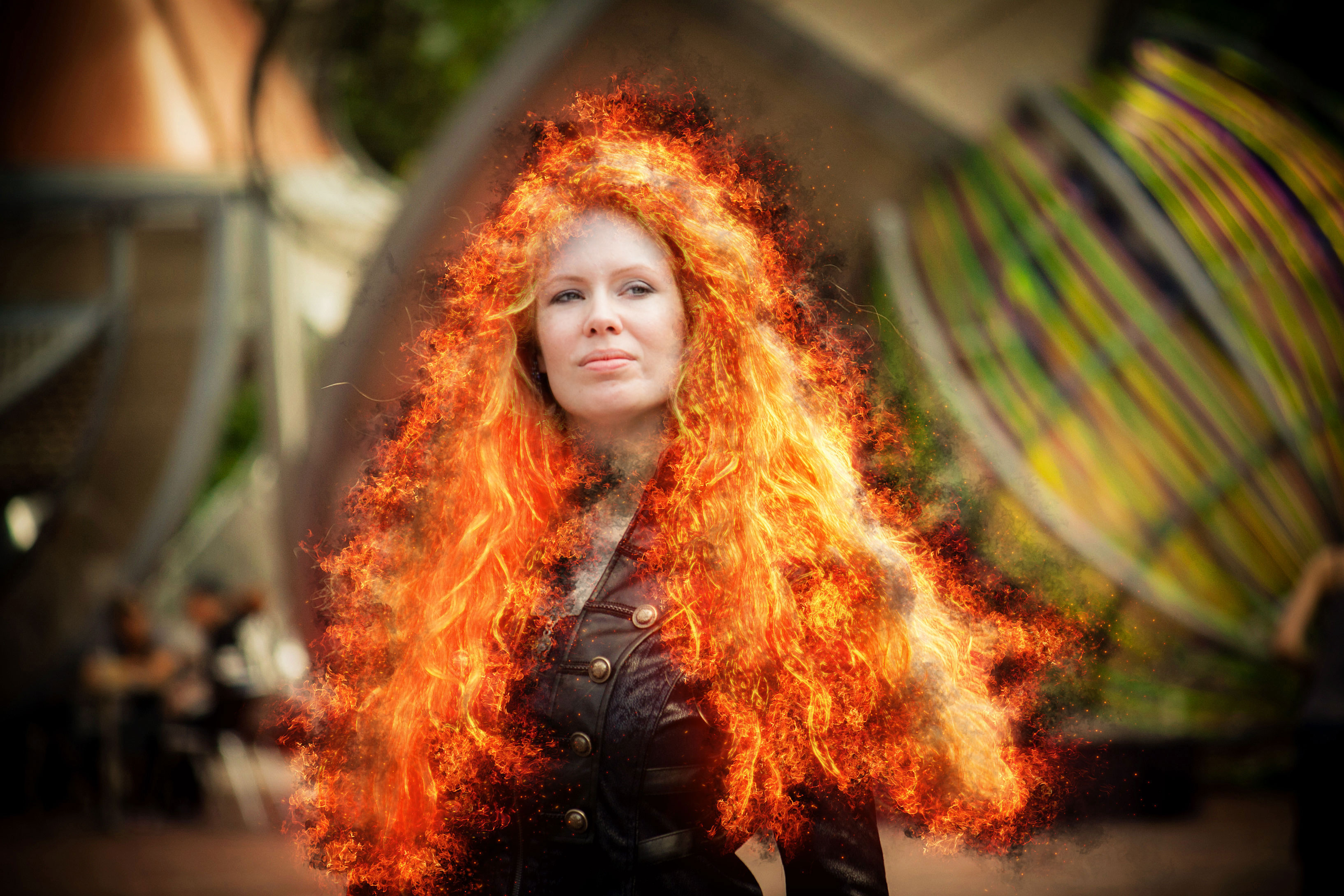
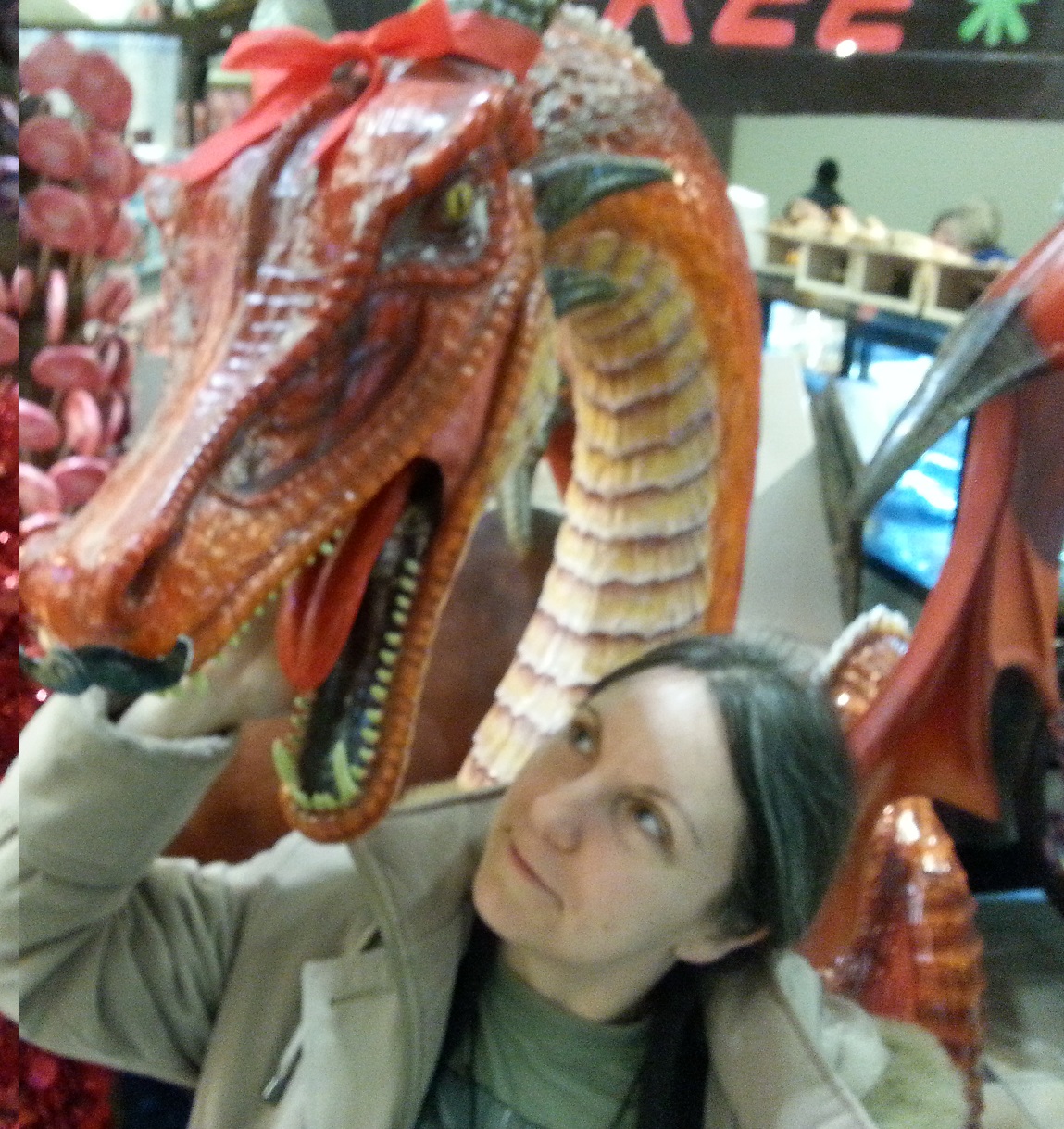

How did I know you were going to get into the corkscrews of it all? Nice article Chris, I like the variations and their inspirations even more!
Learn about the World of Wizard's Peak.
Thanks! I actually don't think I knew—or else had long since forgotten—about the corkscrews thing until a day or two ago. No one will believe me when I say that, but it's true!